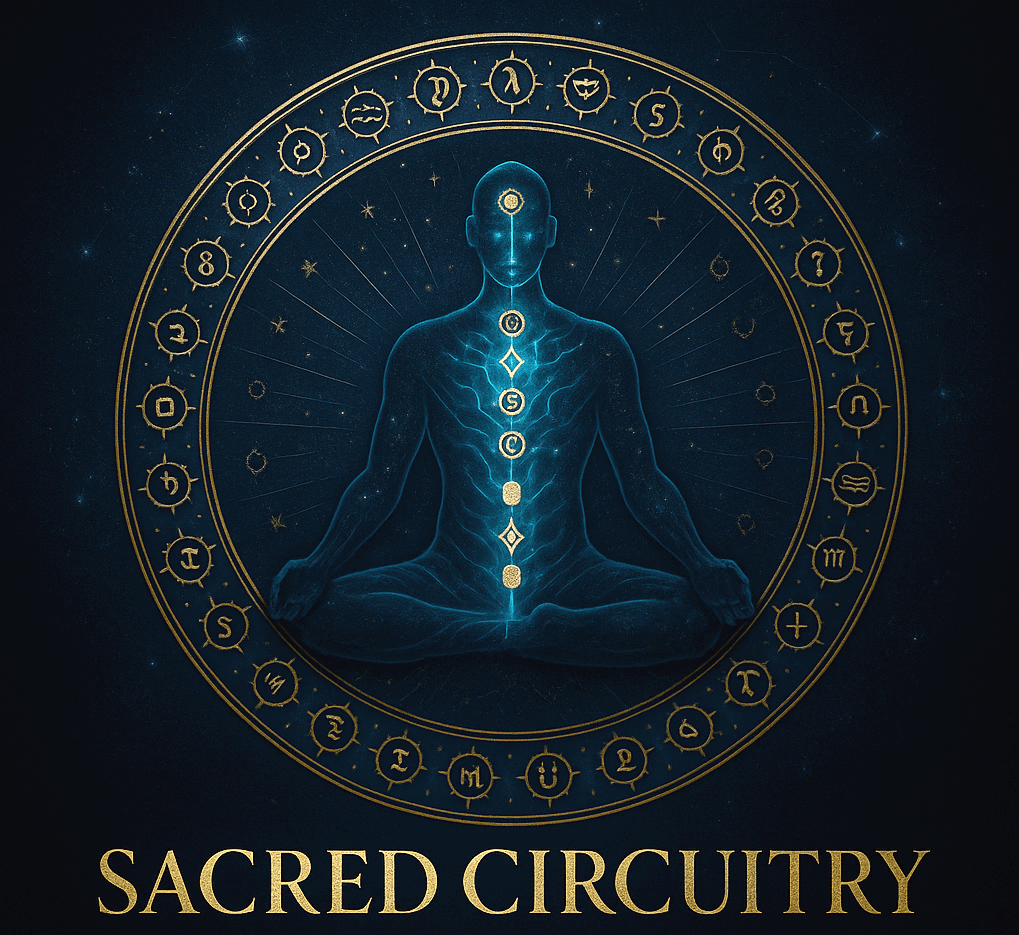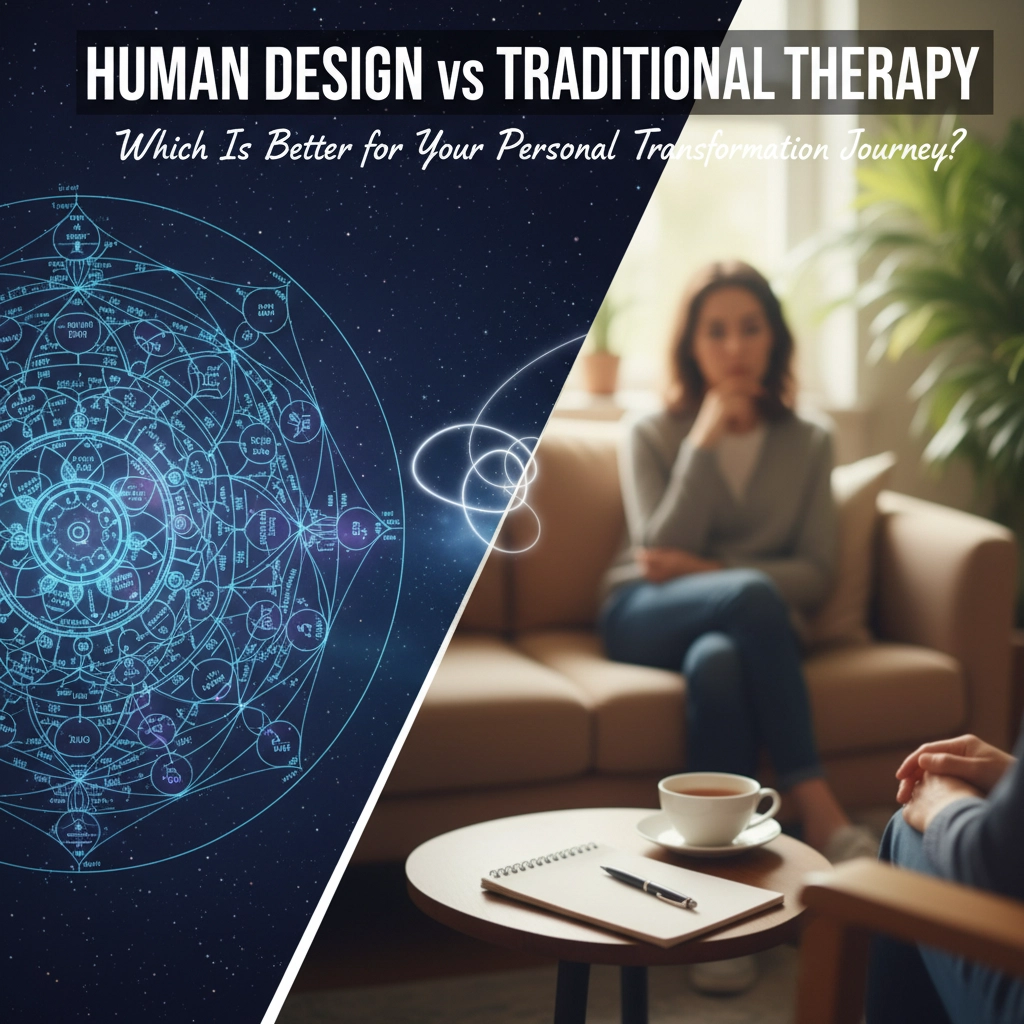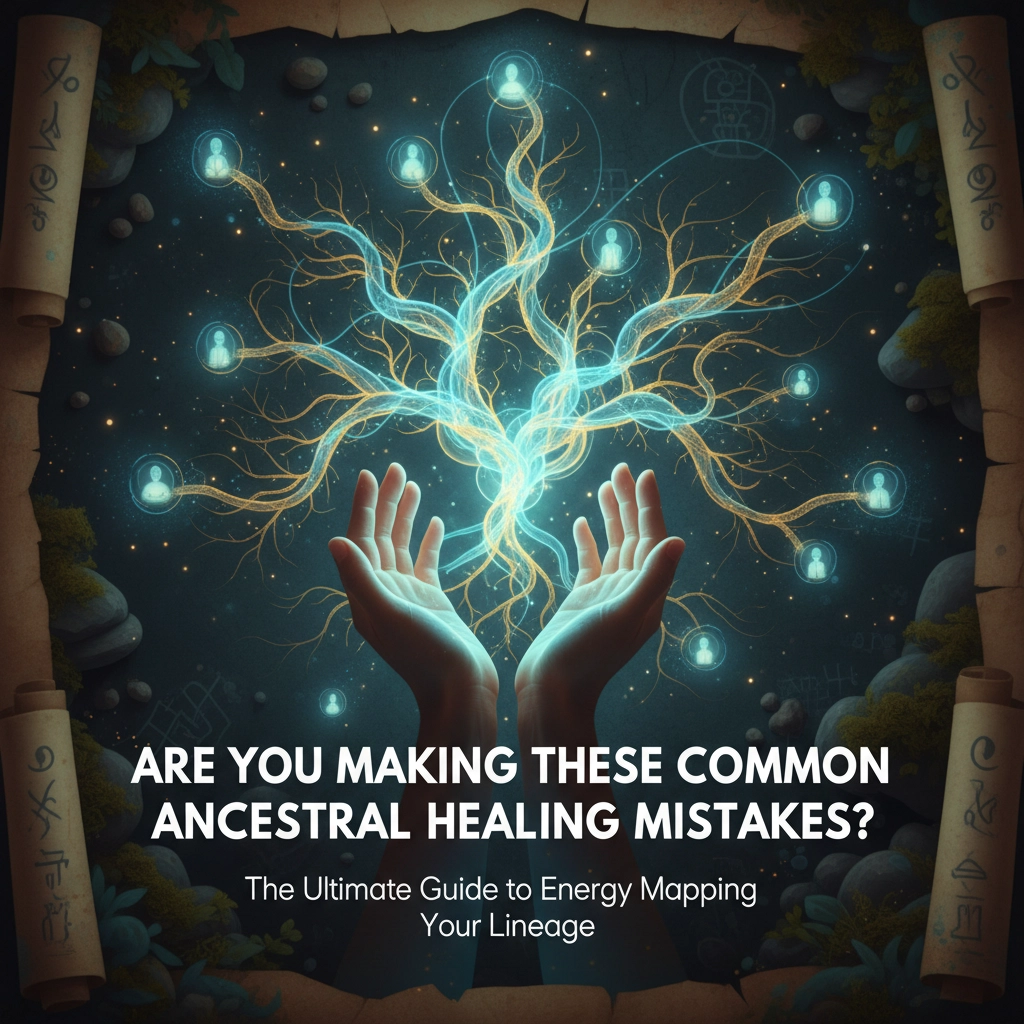Let's get real for a minute.
Everywhere you scroll, someone's talking about "collective healing." Your Instagram feed is packed with circle ceremonies, community rituals, and group healing sessions. LinkedIn influencers are posting about "healing in community" while corporate wellness programs suddenly care about ancestral trauma. Hell, even your local yoga studio is offering "collective transformation workshops."
But here's the question that's been gnawing at me: Are we actually building community, or are we just really good at using the right buzzwords?
The Difference Between Healing Theater and Healing Work
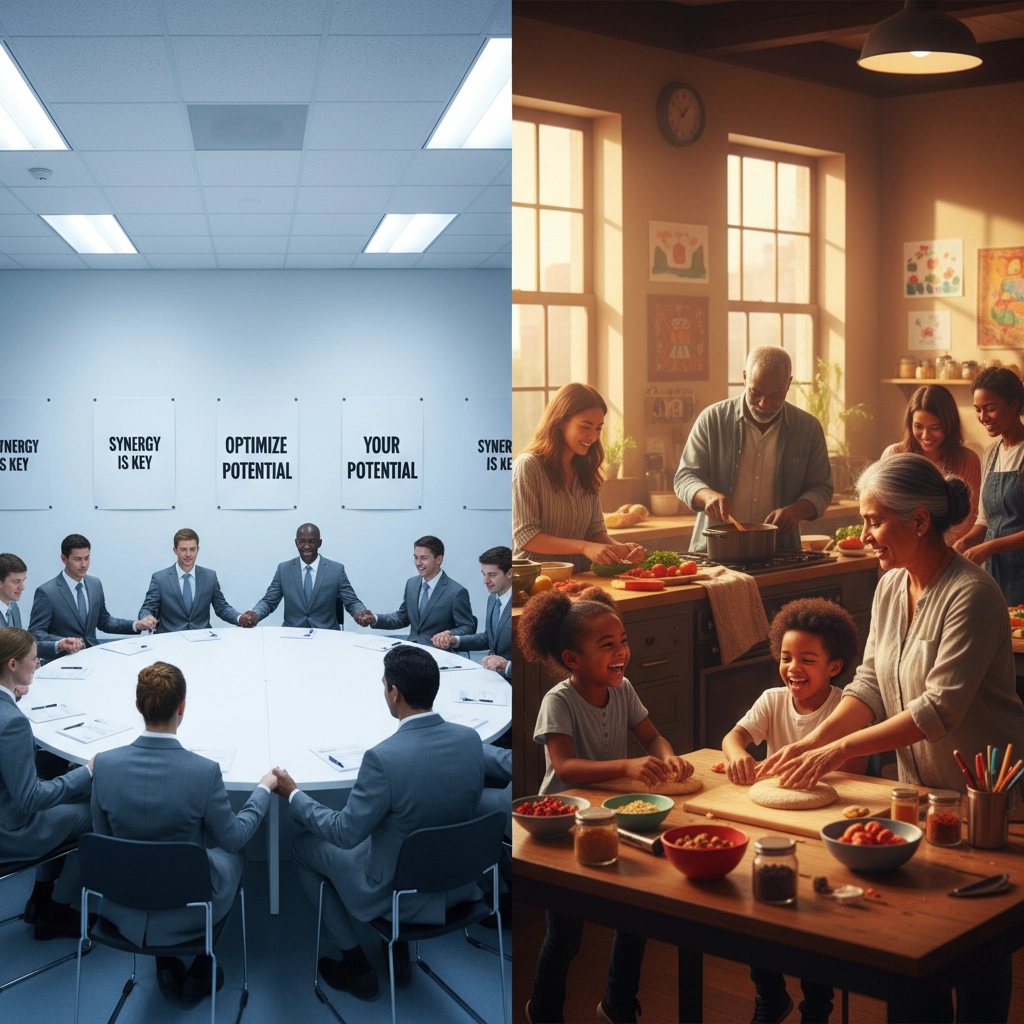
Look, I've seen enough spiritual bypassing disguised as "collective healing" to last several lifetimes. You know what I'm talking about: those gatherings where everyone talks about their trauma for two hours, maybe does some breathwork, and then goes home to the same isolated life they had before.
That's not collective healing. That's group therapy with better marketing.
Real collective healing? It's messy, uncomfortable, and requires you to show up consistently for people you might not even like. It means acknowledging that your individual healing is directly connected to the healing of systems, communities, and yes: the ancestors who've been trying to get your attention this whole time.
According to UNESCO's Collective Healing Programme, authentic collective healing work involves addressing structural injustices, acknowledging historical harms, and co-constructing more just systems. Notice what's missing there? The feel-good circle sharing that never leads to actual change.
What Community Building Actually Looks Like
Here's what I've learned working in ancestral healing and Human Design: community isn't built in weekend workshops. It's built in the mundane moments when you choose to show up for someone else's crisis, when you hold space for difficult conversations, and when you're willing to be held accountable for your own bullshit.
Real collective healing creates what researchers call "shared resonance": when people witness vulnerable sharing and recognize universal patterns of pain and resilience. But here's the kicker: that recognition only matters if it leads to sustained connection and mutual support.

I've watched too many "healing circles" where participants share deeply, feel connected for an evening, and then return to their separate worlds without any ongoing relationship or commitment. That's emotional voyeurism, not community building.
True community building through collective healing looks like:
- Consistent, long-term relationships that extend beyond scheduled "healing events"
- Mutual aid networks that support members through practical challenges, not just emotional ones
- Cultural grounding that respects and incorporates the wisdom traditions participants come from
- Accountability structures that help people grow instead of just feeling better temporarily
The Cultural Appropriation Elephant in the Room
Let's talk about what nobody wants to address: how much of the mainstream "collective healing" movement is built on appropriated Indigenous practices stripped of their cultural context.
Indigenous communities have been practicing collective healing for thousands of years. They understand something that New Age wellness culture keeps missing: healing without cultural grounding doesn't actually land. When you take a traditional practice and package it for mass consumption, you often lose the very elements that make it effective: the cultural context, the community commitment, and the understanding that healing is a lifelong relationship, not a weekend experience.

This matters because authentic collective healing requires us to acknowledge whose wisdom we're drawing from and how we can support those communities instead of just extracting their practices for our own spiritual consumption.
If you're facilitating "collective healing" work, ask yourself: Whose traditions are you drawing from? How are you giving back to those communities? Are you perpetuating the same extractive patterns that created the wounds you're claiming to heal?
When Groups Actually Transform vs. When They Just Process
Here's how you know if your collective healing work is actually building community or just creating elaborate processing sessions:
Processing-Only Groups:
- Focus primarily on sharing and witnessing individual stories
- Members feel good during sessions but remain isolated outside them
- No ongoing mutual support or practical assistance
- Avoid addressing systemic issues that contribute to individual trauma
- Create temporary emotional relief without sustainable change
Community-Building Groups:
- Develop ongoing relationships that extend beyond scheduled meetings
- Create mutual aid networks for practical support
- Address both individual healing and systemic change
- Include cultural context and respect for wisdom traditions
- Generate lasting connections and accountability structures
The Human Design Connection
Your Human Design reveals how you're meant to contribute to and receive from community. But here's what most people miss: your energy blueprint isn't just about individual optimization: it's about understanding how your unique design serves the collective.

If you're a Generator, your life force energy feeds the community when you're engaged in work that lights you up. If you're a Projector, your gift is seeing and guiding systems: including healing systems: toward greater efficiency and effectiveness. Manifestors initiate new forms of community connection, while Reflectors mirror back the health of the collective healing spaces they're part of.
But none of this matters if you're using your Human Design knowledge to further isolate yourself or to justify why you don't need to show up for others. Your energy type is meant to be in service to something larger than your individual comfort.
What Ancestors Actually Want from Collective Healing
The ancestors aren't interested in your weekend workshop revelations if you're not willing to do the daily work of building community. They want you to understand that your healing is connected to the healing of your lineage: both forward and backward in time.
That means showing up consistently, holding others accountable with love, and creating structures that outlast your individual participation. It means understanding that collective healing isn't just about processing trauma together: it's about building the kind of community that prevents future trauma from being passed down.
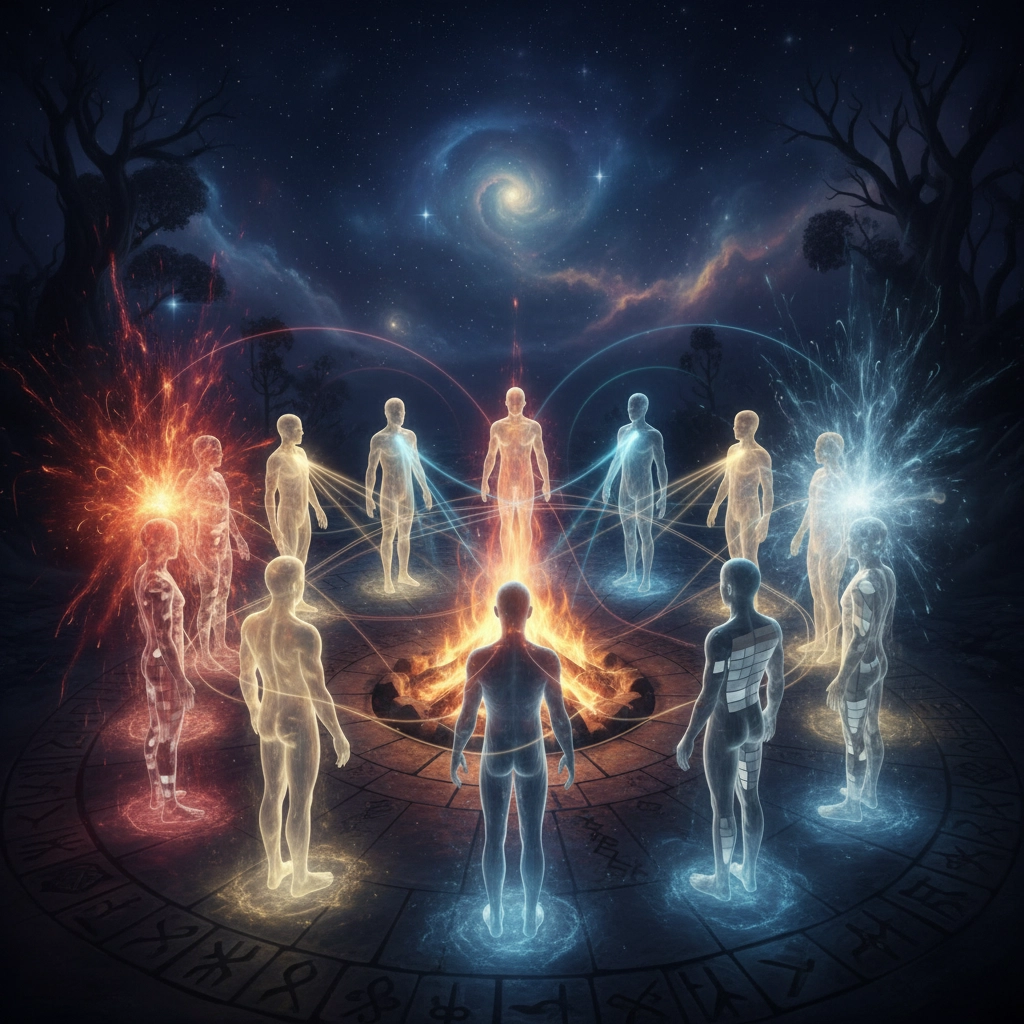
The spirits I work with are clear about this: they're not interested in performative healing that makes you feel better temporarily. They want transformation that changes how you show up in the world, how you treat your community, and what you leave for the next generation.
Your Marching Orders
So here's your assignment, because talking about this isn't enough:
-
Audit your current "community" – How many people in your spiritual or healing circles would you call if you had a practical emergency? If it's less than three, you're in a processing group, not a community.
-
Identify whose wisdom you're using – Research the cultural origins of any healing practices you facilitate or participate in. Find ways to give back to those communities.
-
Create ongoing accountability – Choose one person from your healing circles and commit to checking in with them weekly for the next three months, outside of any scheduled group activities.
-
Address systemic issues – Pick one systemic issue that affects your community and take one concrete action this month to address it. Collective healing without social action is just group therapy.
-
Use your Human Design in service – Identify how your energy type can specifically serve collective healing efforts and commit to one way of contributing that feels aligned and sustainable.
The Bottom Line
The collective healing movement has potential to create real change, but only if we stop confusing emotional processing with community building. Real collective healing is inconvenient, ongoing, and requires you to show up for people even when you don't feel like it.
It's time to ask yourself: Are you contributing to meaningful community transformation, or are you just participating in healing theater that makes you feel better about staying disconnected?
The ancestors are waiting for your answer. And they're not interested in excuses.
What community are you actually building? And what are you willing to sacrifice from your individual comfort to make it real?
